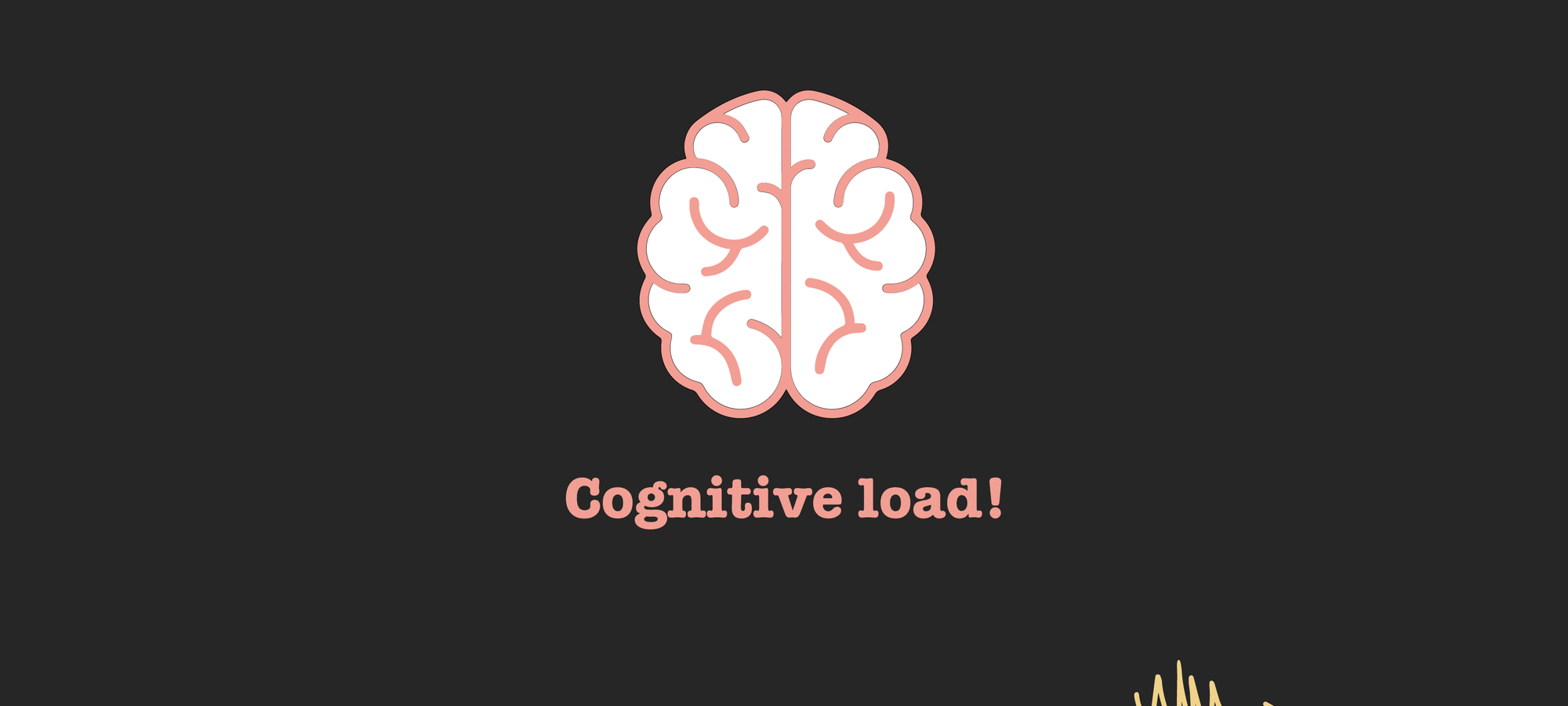"Just like computers, human brains have a limited amount of processing power.'
In today's digital era, the interplay between human cognition and website usability has never been more crucial. As we delve into the concept of cognitive load, it becomes evident that, akin to the finite processing capabilities of computers, human brains also navigate within a bandwidth of cognitive resources. This understanding is pivotal in crafting digital experiences that resonate with users, ensuring that the interaction with technology platforms is not just seamless but also enriching.
Empowering Digital Interactions Through Cognitive Ease
The essence of cognitive load lies in the mental exertion required to assimilate and engage with information. For digital consumers, the journey through a website encompasses various actions—from sifting through menus and absorbing content to executing transactions. The cognitive footprint of these interactions significantly shapes the user experience, dictating the thin line between a delightful engagement and a taxing ordeal. Recognising this, the art of digital design transcends aesthetics, venturing into the realm of cognitive empathy.
Strategies for Minimising Cognitive Overhead
In the quest to forge digital spaces that foster intuitive exploration and meaningful connections, the reduction of cognitive load emerges as a cornerstone of user-centered design. Here’s how innovators are redefining web usability:
Declutter with Purpose: By eliminating extraneous elements, websites become sanctuaries of focus, enabling users to hone in on what truly matters.
Champion Simplicity: Simplification isn't merely about stripping down—it's about presenting information in a way that's effortlessly digestible, reducing the cognitive strain of processing.
Harness the Power of Familiarity: Employing recognisable design schemas not only accelerates comprehension but also instills a sense of comfort, making digital navigation second nature.
Structure with Intent: Thoughtful organisation through clear headings and logical grouping demystifies content, guiding users through a story that unfolds with ease.
Visualize to Clarify: Leveraging imagery, icons, and diagrams not only breaks the monotony of text but also facilitates quicker, more intuitive understanding.
Incorporating these strategies, digital creators are not just designing websites; they're sculpting experiences that resonate on a cognitive level, ensuring every interaction is not only accessible but also engaging. This approach underscores a fundamental shift towards leveraging technology and data-driven insights to enhance user satisfaction and, ultimately, drive brand loyalty and return on investment.
